
You don’t hear of a robot billions of miles away sending back data that could rewrite humankind’s view of life in the cosmos every day. But that’s what NASA’s Perseverance rover has done, revealing what could be the most exciting hints so far of ancient life on Mars. From cryptic rock patterns to ruins-like outcrops, the discoveries have thrilled planetary scientists and astrobiologists.
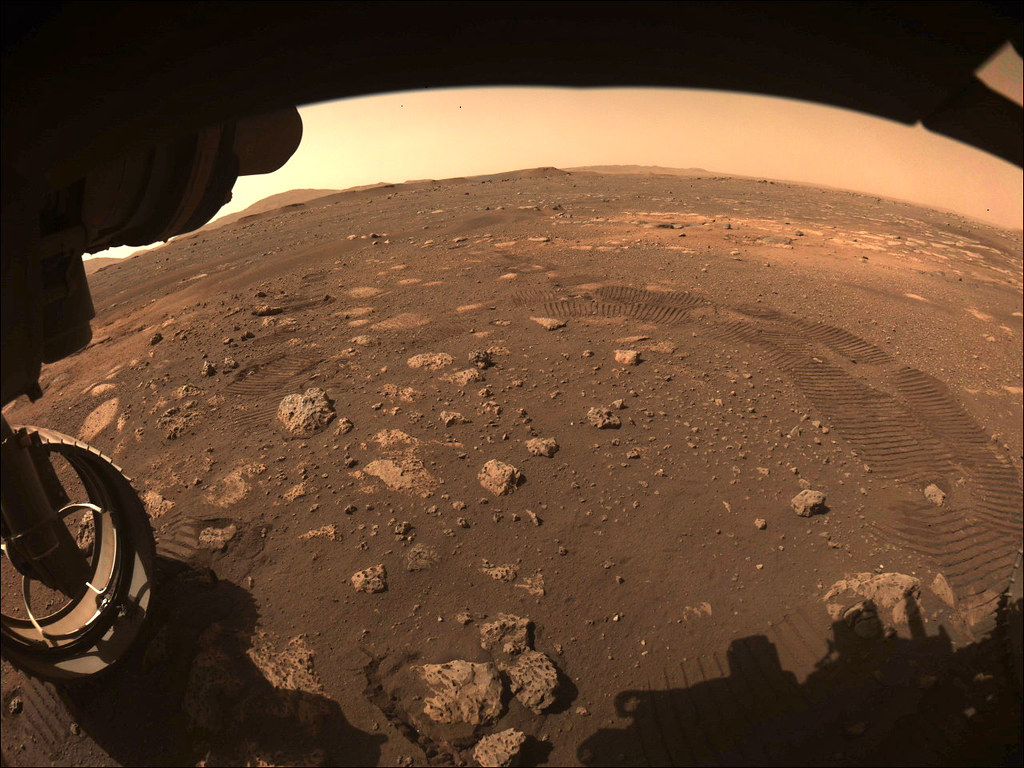
The Jezero Crater, previously a river-fed lakebed, has been a top target for the search for biosignatures for many years. Perseverance’s new visions combined with state-of-the-art equipment are revealing a warmer, wetter, and potentially alive Mars. These findings are not simply scientific achievements; they are determining the destiny of interplanetary discovery and the questions that humanity needs to pose about its place within the universe.
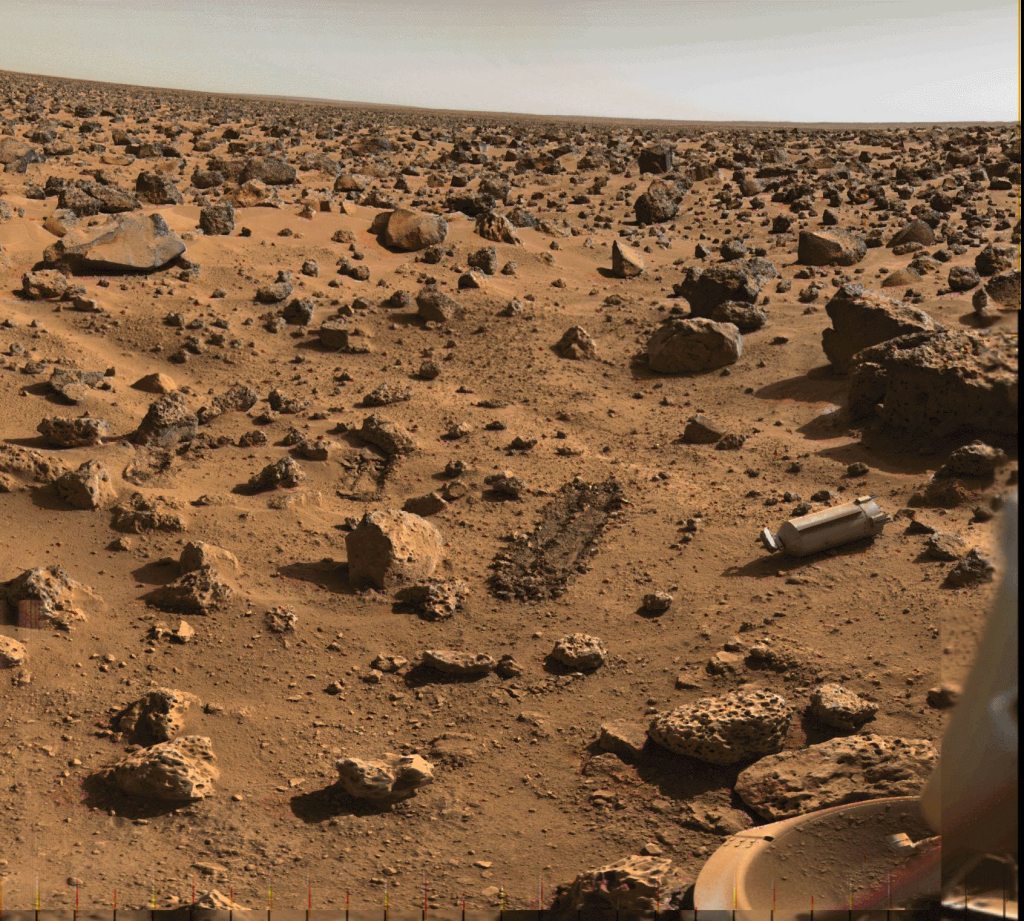
1. Ancient Ruins or Natural Formations?
Perseverance’s high-resolution images have exposed geometric shapes on the Martian surface that bear a resemblance to architectural ruins. The forms sharp angles, repeating patterns have been compared to buildings constructed by ancient civilizations on Earth, like Mayan temples or Egyptian pyramids. Geological processes can generate ordered patterns, but the accuracy of these formations has given rise to speculation as to whether they might be the remains of intelligent construction. Study of their composition indicates a multifaceted history, with potentially several environmental processes at play. Whatever the wind or water carved out, or something more intentional, these features introduce an extra layer of mystery to Mars’ geological history.
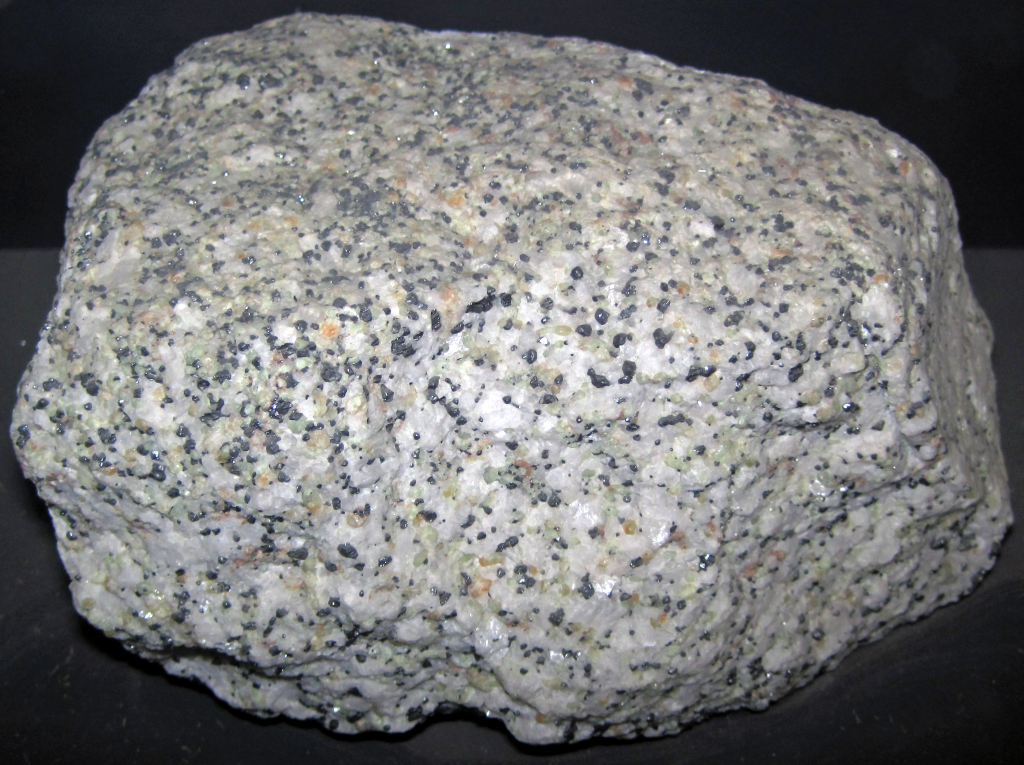
2. Cheyava Falls: The Most Enigmatic Rock Yet
The rock known as Cheyava Falls is a target for the mission. About one meter by 0.6 meters in size, it has parallel white veins of calcium sulfate and millimeter-sized pale patches surrounded by black a resemblance to microbial reduction spots found on Earth’s sedimentary rocks. The SHERLOC instrument on Perseverance identified organic molecules within it, a possible biosignature. Ken Farley, project scientist for Perseverance at Caltech, described it as “the most enigmatic, complicated, and potentially significant rock to be studied by Perseverance so far.” The combination of organics, mineral chemistry, and historic water flow evidence makes Cheyava Falls the best candidate for return to Earth for unequivocal examination.
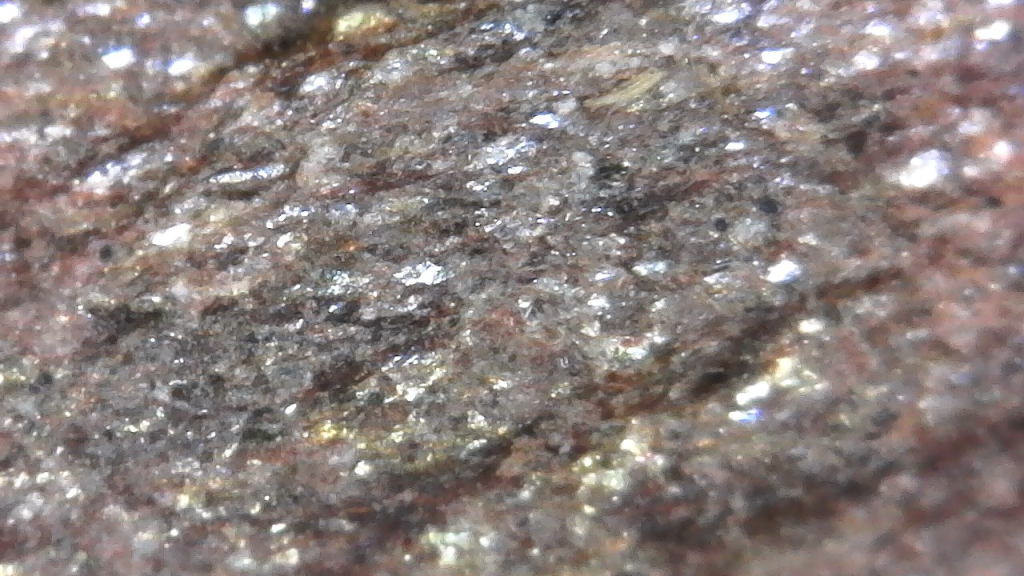
3. Leopard Spots and the Case for Microbial Life
The alleged leopard spots in Cheyava Falls off-white blotches with dark halos are not only aesthetically pleasing. On Earth, similar markings often occur when microbes metabolize oxidized iron as an energy source, leaving behind bleached areas. The black halos in the Martian case are iron- and phosphate-rich, both of which have biological and non-biological associations. While abiotic chemistry could explain these patterns, their spatial distribution and association with organics strengthen the case for ancient microbial activity. Determining their true origin will require laboratory analysis far beyond the rover’s capabilities.

4. Volcanic Rocks Tell a Complex Geological Story
Perseverance’s PIXL spectrometer has found Jezero Crater’s floor is composed of two different types of volcanic rocks: dark, iron- and magnesium-rich basalts with altered olivine and lighter trachy-andesites that are rich in potassium. Thermodynamic modeling indicates the rocks formed through high-degree fractional crystallization and crustal assimilation familiar processes from Earth’s volcanic systems. Texas A&M University’s Dr. Michael Tice said that extended volcanic activity may have supplied continuous sources of heat and chemicals, perhaps sustaining habitable conditions for large periods in the early history of Mars.
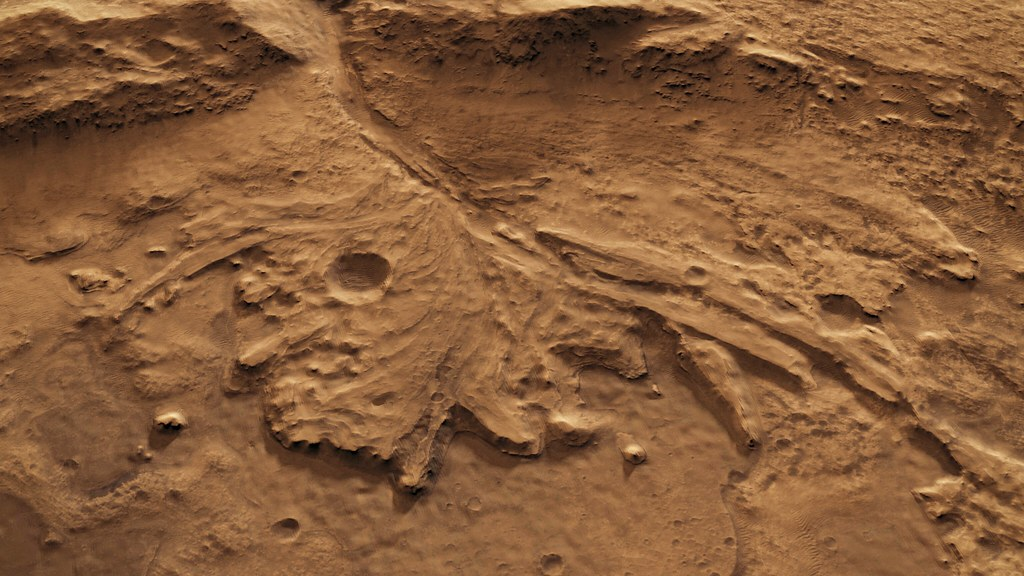
5. Water’s Dynamic History in Jezero Crater
Radar observations from Perseverance’s RIMFAX instrument have uncovered inclined rock layers under the crater floor, in opposition to previous assumptions of horizontal strata. These may be buried delta deposits or lava flows, suggesting a more complicated interrelation of volcanic and sedimentary processes than previously realized. The history of the crater also involves high-energy flood events that carried enormous boulders, implying periods of climatic or dramatic geological alteration. Such variations would have affected the habitability of the planet through time.
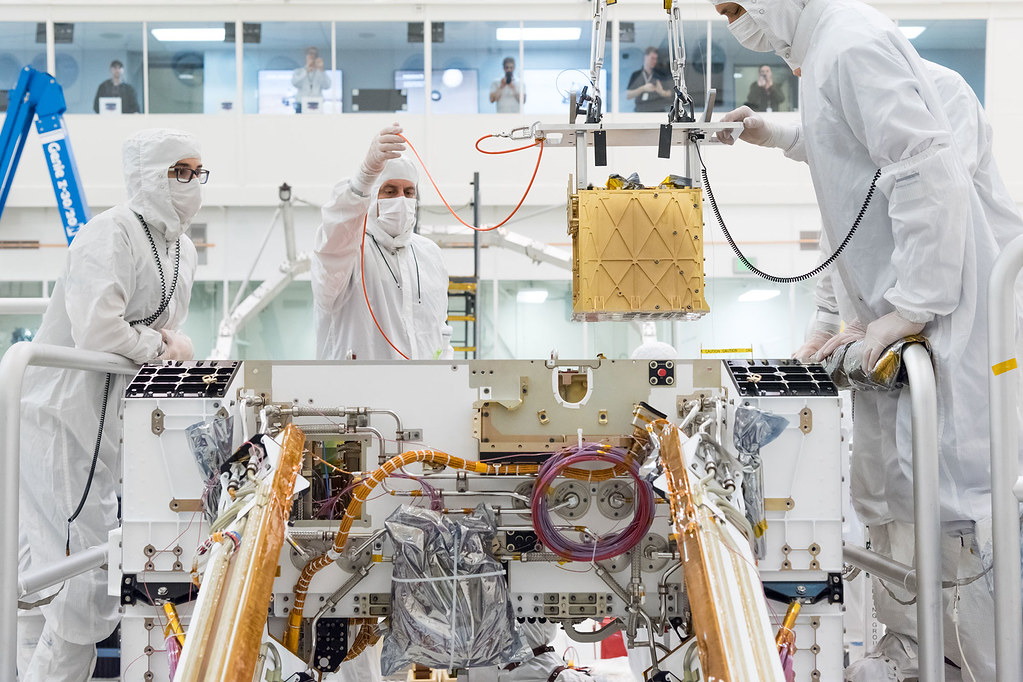
6. Oxygen Generation on Mars
Beyond geology, Perseverance has demonstrated technology critical for future human missions. The MOXIE experiment successfully produced about 122 grams of oxygen from the Martian atmosphere over 16 runs enough to support an astronaut for roughly four hours. This achievement exceeded NASA’s expectations, producing up to 12 grams per hour. The capability to produce oxygen on site would minimize the requirement for transporting life-support resources from Earth, which will make long-term human settlement on Mars more viable.
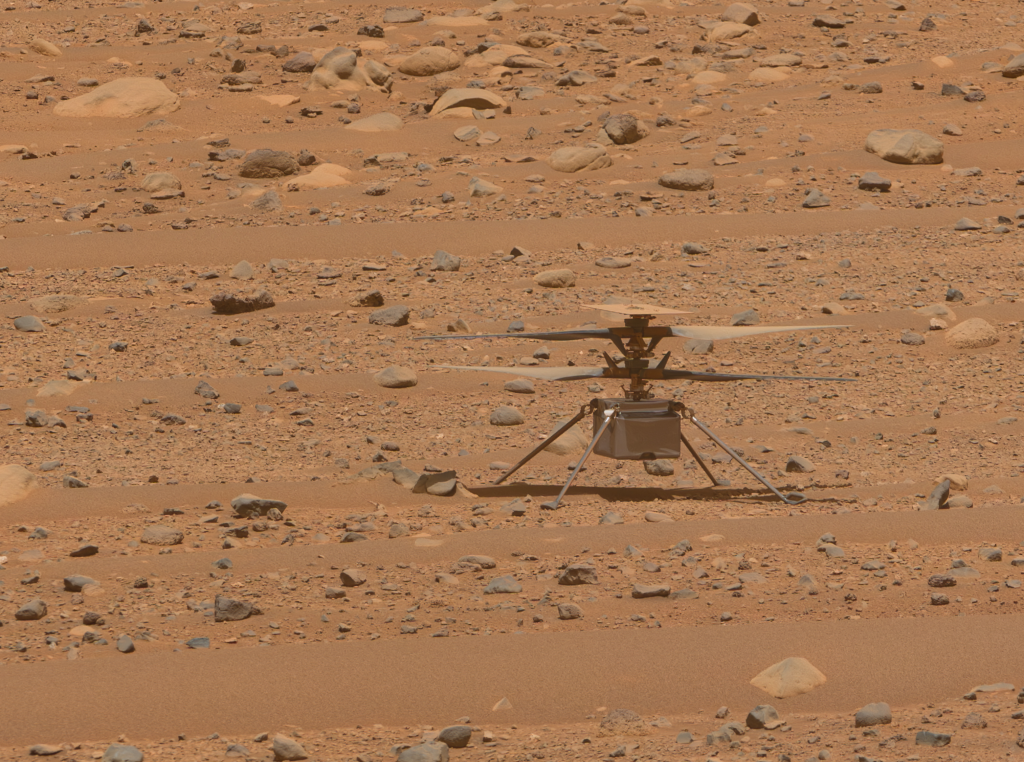
7. Ingenuity and Autonomous Exploration
Attached below Perseverance is Ingenuity, the first powered aircraft to fly on another planet. In Mars’ sparse atmosphere, its twin carbon-fiber rotors whip up to 2,400 times per minute to create lift. Ingenuity’s success has ushered in new opportunities for air reconnaissance in planetary exploration. Perseverance itself comes with sophisticated autonomous navigation, enabling it to move across tough terrain without continuous Earth instructions. This feature speeds up scientific research through optimal daily coverage and data gathering.
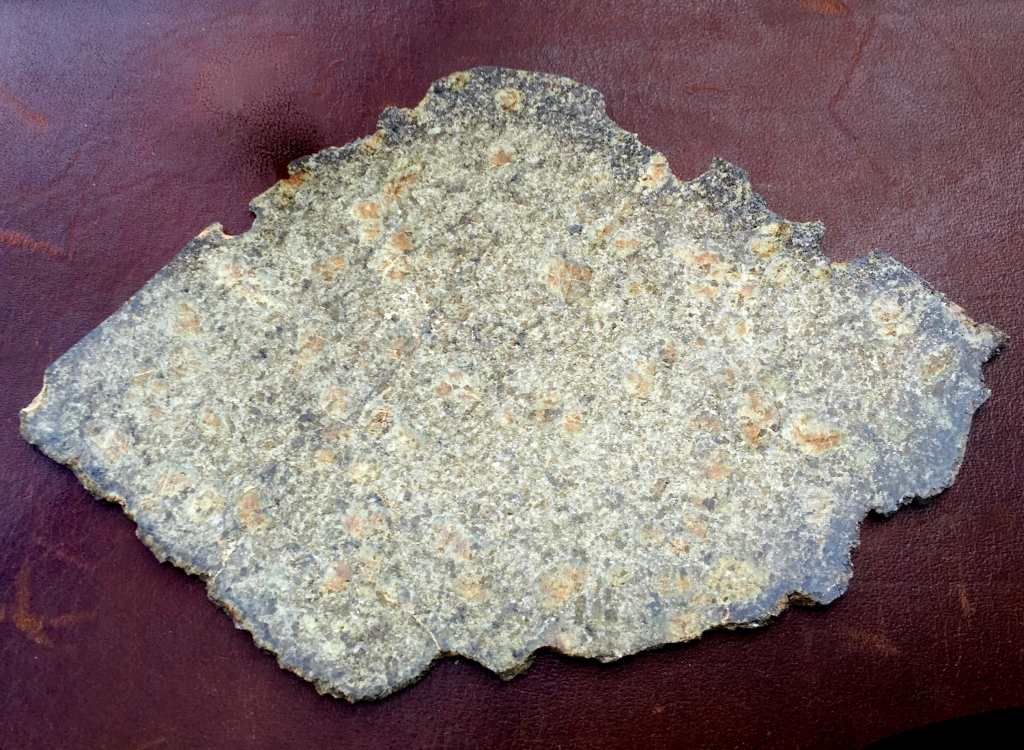
Perseverance’s findings are rewriting the story of Mars as a frozen, unchanging planet to a dynamic geologic history with plausible evidence for previous life. With every rock core, radar scan, and atmospheric test, the mystery is deepened, but also edged closer towards answers. Whether nature or something else created patterns in stone, the stakes will resonate far beyond planetary science touching the ultimate question of whether life is a cosmic inevitability or a rare accident.


